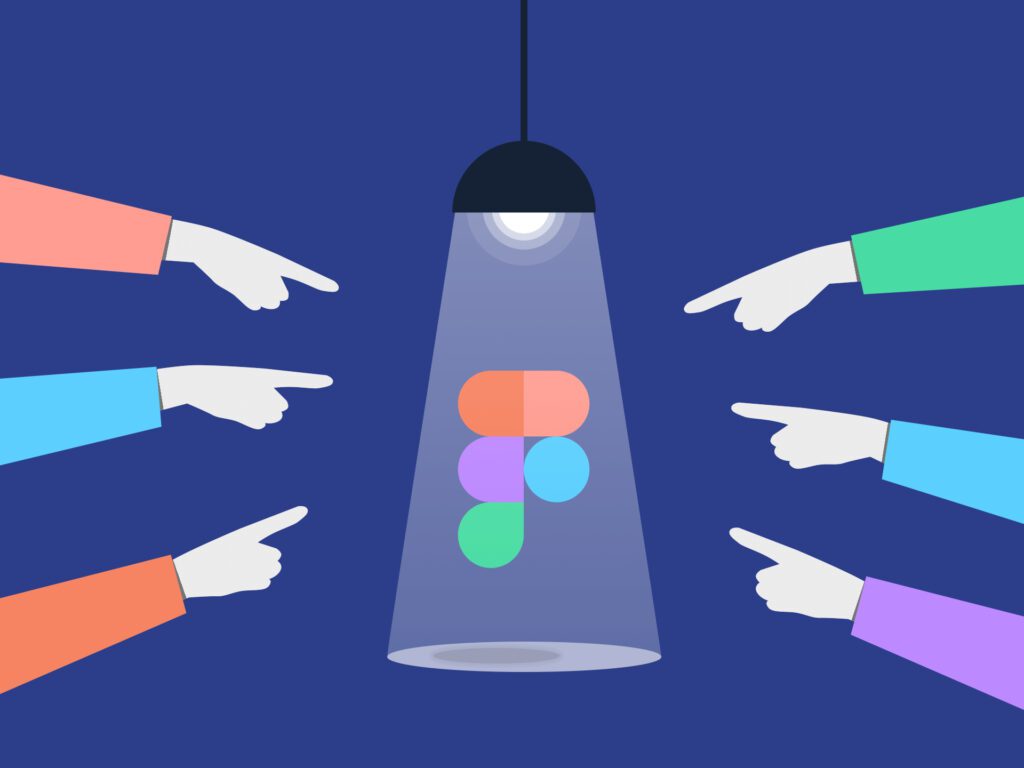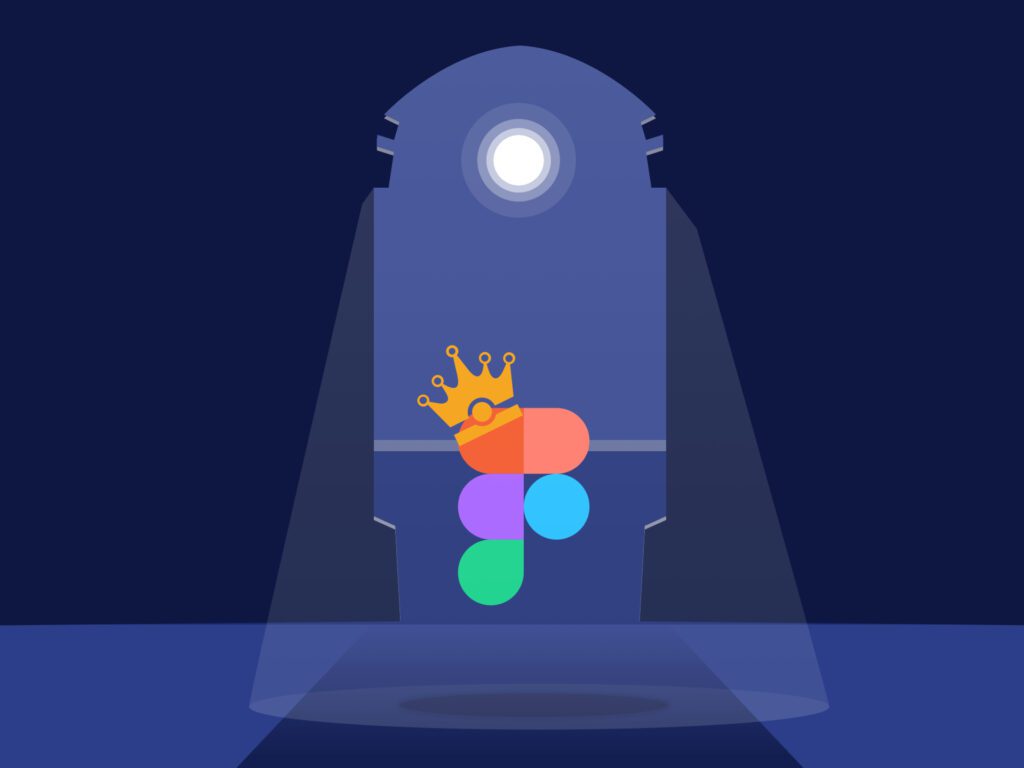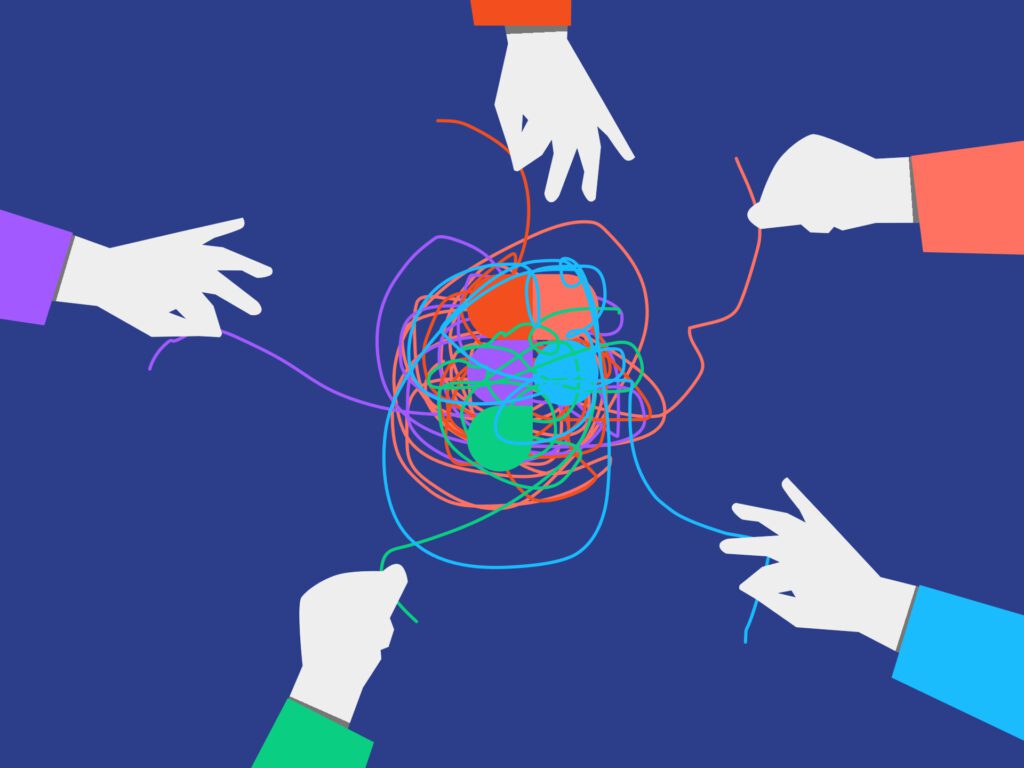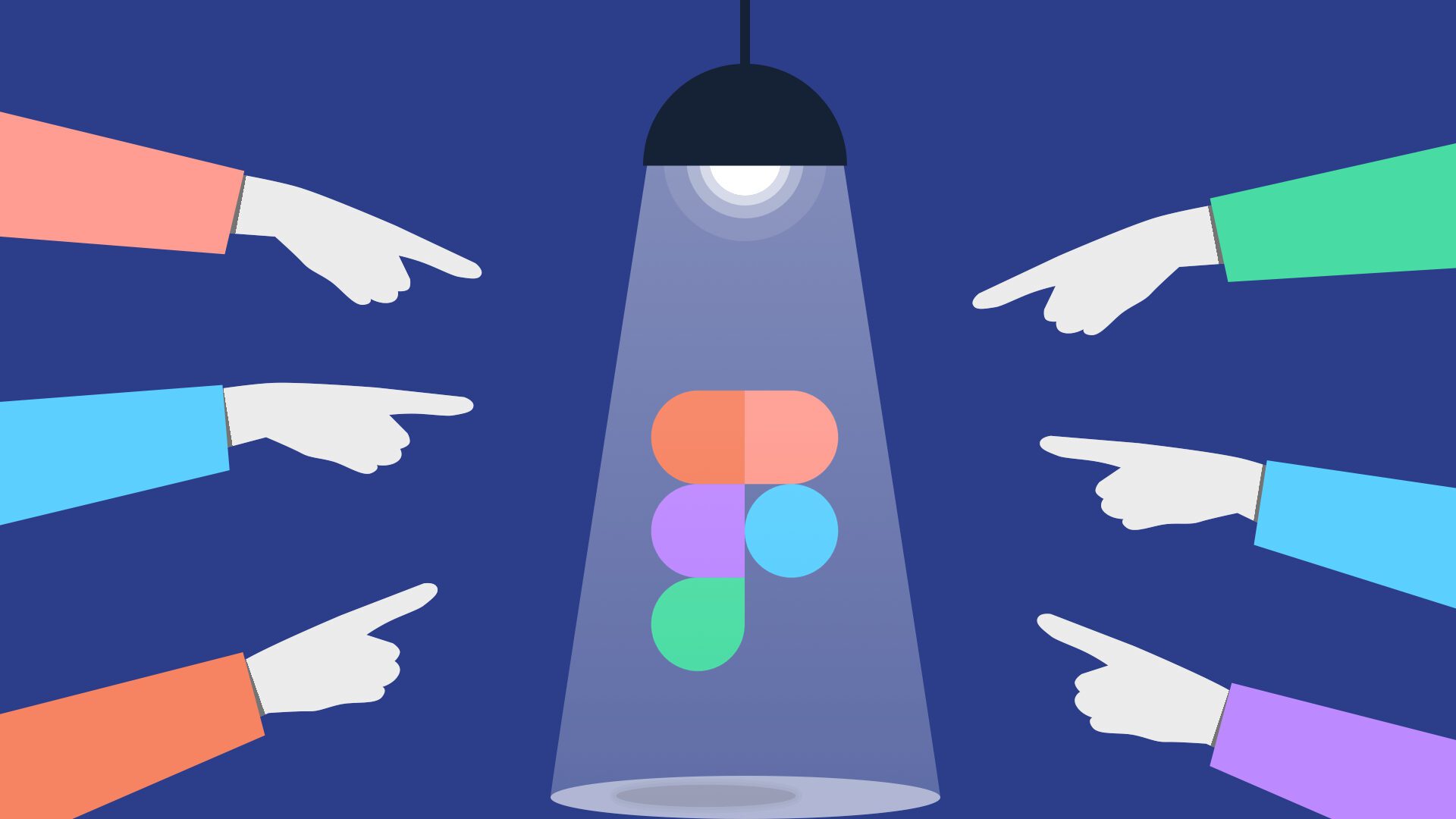Challenges and Sustainability Concerns
The rise of Figma, a collaborative interface design tool, has transformed the landscape of UX design in recent years. Praised for its real-time collaboration features, intuitive interface, and cloud-based accessibility, Figma has become a favored tool among UX designers and teams. However, the widespread adoption of Figma and similar tools raises important questions about their impact on the UX design field and their long-term sustainability. This article explores the phenomenon of “Figma-tisation” in UX design, examining its benefits, limitations, and potential counter-intuitive effects on the development of the UX domain.
1. The Rise of Figma in UX Design
Revolutionizing Collaboration
Figma’s cloud-based platform has revolutionized how designers collaborate on projects. Unlike traditional design tools, Figma allows multiple users to work on the same file simultaneously, providing real-time updates and feedback. This collaborative approach fosters a more integrated and iterative design process, enabling teams to work more efficiently and respond to changes more quickly.
Streamlining Workflows
Figma’s user-friendly interface and extensive features streamline design workflows. With tools for vector graphics, prototyping, and design systems, Figma consolidates various design functions into a single platform. This integration simplifies the design process, reduces the need for multiple tools, and enhances consistency across design projects.
Accessibility and Scalability
As a cloud-based tool, Figma offers the advantage of accessibility from any device with an internet connection. This flexibility supports remote work and global collaboration, making it easier for teams to collaborate across different locations and time zones. Additionally, Figma’s scalability allows it to accommodate projects of varying sizes and complexities.
2. Limitations of the Figma-tisation Trend

Overemphasis on Tools Over Process
One significant concern with the Figma-tisation of UX design is the potential overemphasis on the tool itself rather than the design process. While Figma offers powerful features, the effectiveness of these tools depends on how well they are integrated into a thoughtful and user-centered design process. Relying heavily on the tool can lead to a superficial approach to design, where the focus shifts from understanding user needs to merely optimizing tool usage.
Complacency and Standardization
The widespread adoption of Figma can lead to complacency and standardization in design practices. As teams become accustomed to using a single tool, there is a risk of falling into routine patterns and relying on predefined templates and components. This standardization may stifle creativity and innovation, leading to homogenized designs that lack uniqueness and fail to address specific user needs.
Potential for Fragmented User Experiences
While Figma facilitates collaboration and consistency within design teams, it may not fully address the complexities of user experiences across different platforms and devices. Designs created in Figma may need to be adapted and tested in various environments to ensure they work seamlessly for end-users. Focusing solely on Figma’s capabilities without considering the broader context of user interactions can lead to fragmented user experiences.
Learning Curve and Tool Dependency
The rapid evolution of design tools, including Figma, can create challenges related to learning curves and tool dependency. As new features and updates are introduced, designers must continually adapt to keep up with the latest advancements. This constant need to stay current can divert attention from core design principles and user research, leading to a tool-centric mindset rather than a user-centric approach.
3. Counter-Intuitive Effects on UX Design Development

Dilution of Design Thinking
The emphasis on using Figma’s features and capabilities can lead to a dilution of design thinking principles. Design thinking focuses on understanding users, defining problems, ideating solutions, prototyping, and testing. When the focus shifts to optimizing tool usage, there is a risk of neglecting the fundamental principles of design thinking, which are essential for creating user-centered solutions.
Neglect of Holistic User Research
Design tools like Figma are invaluable for visualizing and prototyping designs, but they cannot replace the need for comprehensive user research. Understanding user behaviors, needs, and pain points requires direct interaction with users through interviews, surveys, and usability testing. Over-reliance on design tools may lead to a diminished focus on conducting thorough user research, which is critical for informed design decisions.
Short-Term Gains vs. Long-Term Value
While Figma offers immediate benefits in terms of collaboration and workflow efficiency, it is essential to consider the long-term value of design practices. Focusing solely on tool capabilities may yield short-term gains but can undermine the development of robust and sustainable design practices. Long-term value in UX design comes from a deep understanding of users, iterative design processes, and continuous improvement based on feedback.
Risk of Tool Saturation
As more designers and teams adopt Figma, there is a risk of tool saturation, where the market becomes flooded with designs that are heavily influenced by Figma’s features and constraints. This saturation can lead to a lack of diversity in design approaches and solutions, potentially resulting in a homogenized user experience that fails to address the unique needs of different user groups.
4. Strategies for Addressing the Limitations

Emphasize Design Process Over Tools
To counteract the limitations of tool-centric design approaches, it is crucial to emphasize the design process and principles over the specific tools used. Teams should prioritize understanding user needs, defining problems, and iterating on solutions, using tools like Figma as enablers rather than focal points. This approach ensures that design decisions are driven by user insights and not just by the features of the tool.
Foster Creativity and Innovation
Encouraging creativity and innovation within design teams is essential for overcoming the risk of standardization and complacency. Teams should explore diverse design approaches, experiment with new ideas, and challenge conventional practices. Fostering a culture of creativity and experimentation can lead to more unique and impactful designs that go beyond the constraints of any single tool.
Integrate Comprehensive User Research
Integrating comprehensive user research into the design process is vital for creating effective and user-centered solutions. Teams should prioritize direct interactions with users, conduct usability testing, and gather feedback to inform design decisions. Combining insights from user research with the capabilities of design tools like Figma ensures that designs are both informed and practical.
Adopt a Flexible and Adaptive Approach
A flexible and adaptive approach to design allows teams to leverage the strengths of various tools while remaining open to new methods and practices. Embracing a variety of design tools and techniques can help address the limitations of any single tool and ensure that design practices remain dynamic and responsive to user needs.
Conclusion
The Figma-tisation of UX design has undoubtedly brought significant advancements in collaboration, workflow efficiency, and accessibility. However, it is essential to recognize the limitations and potential counter-intuitive effects of an over-reliance on design tools. By emphasizing design processes, fostering creativity, integrating user research, and adopting a flexible approach, designers can ensure that their work remains user-centered and impactful. As the UX design field continues to evolve, balancing the benefits of tools like Figma with a focus on core design principles will be crucial for long-term success and sustainability.

PS: If have lived through the hell of using Axure, Omnigraffle, Visio, Balsamiq, and designing in Photoshop, putting it together in Powerpoint (or Keynote), you will know what I mean.
Disclaimer: The information contained in this post is for general information purposes only. The views expressed here are my own and do not necessarily reflect the opinions or positions of my employers, clients, or any organizations with which I am affiliated.
The audio summary segments, included for accessibility, are generated with experimental NotebookLM.

